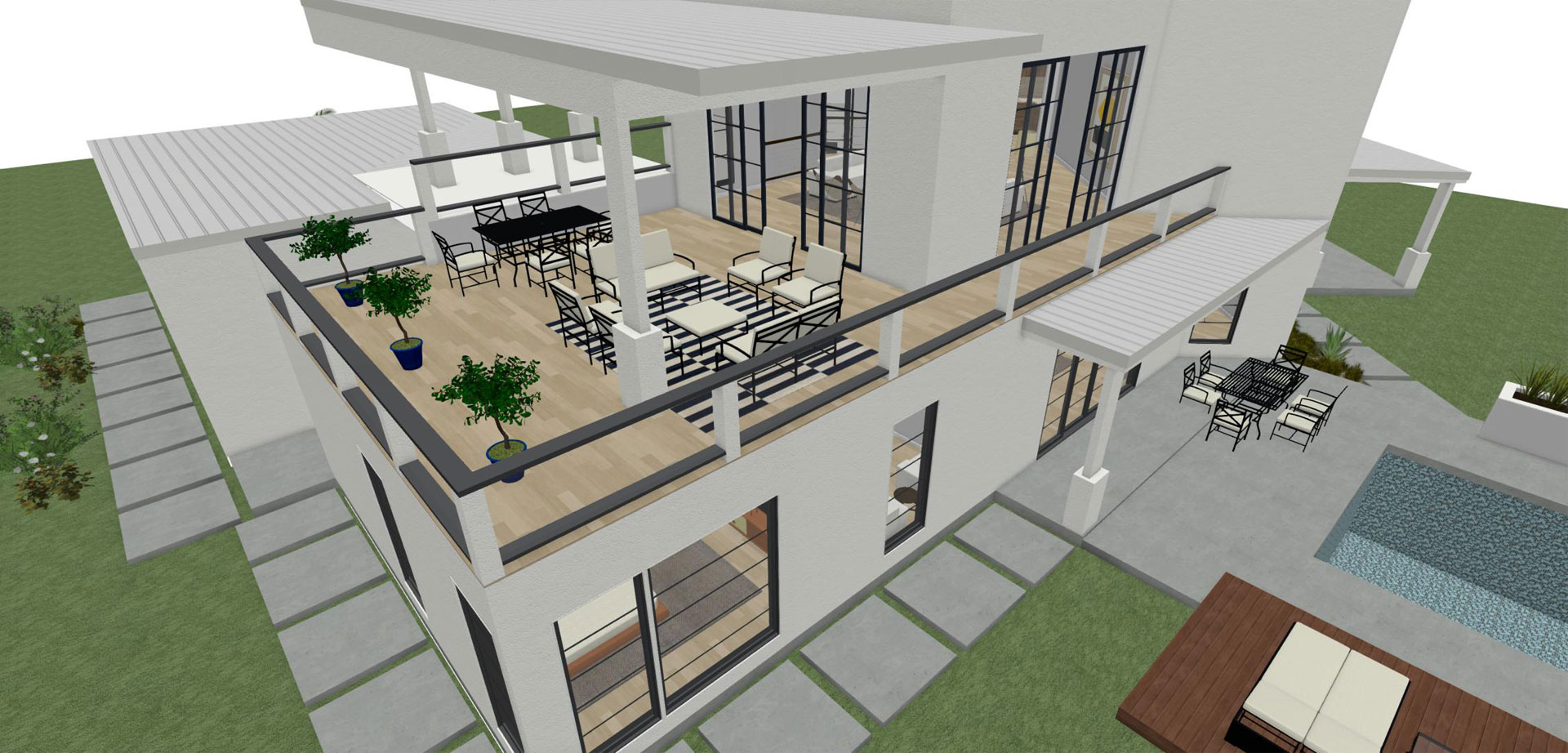Transforming Areas: The Vision of CDA Architects for Modern Living
Transforming Areas: The Vision of CDA Architects for Modern Living
Blog Article
A Thorough Overview of Architectural Styles and Their Influence on Modern City Planning and Advancement
Building designs have actually long functioned as a mirror to the social worths and technological improvements of their time, playing a crucial role fit modern city preparation and development. From the majesty of Neoclassicism to the utilitarian method of Brutalism, each style has actually introduced one-of-a-kind ideas that affect city aesthetic appeals and performance. As modern difficulties develop, including sustainability and neighborhood needs, understanding these historical structures comes to be crucial. The resulting discussion not just notifies future style methods but also elevates pertinent inquiries concerning the balance between heritage and innovation in our advancing city landscapes.
Historical Introduction of Building Styles

As cultures transitioned with the Center Ages, Gothic architecture emerged, identified by its verticality and detailed outlining, matching the spiritual goals of the age. The Renaissance marked a resurgence of timeless perfects, combining art and architecture in cutting-edge ways that affected subsequent styles across Europe.

Today, architectural styles remain to evolve, driven by globalization and sustainability worries, reflecting a dynamic interaction between heritage and advancement. This historic summary emphasizes the significance of design as a mirror of social evolution and as a driver for metropolitan growth.
Key Architectural Styles Explained
The variety of building designs reflects the myriad influences that shape our developed setting, each embodying unique attributes and social significances. Key architectural styles consist of Timeless, Gothic, Baroque, Innovation, and Postmodernism, each representing distinct historical contexts and aesthetic approaches.
Timeless style, rooted in ancient Greece and Rome, emphasizes balance, percentage, and the usage of columns (cda architects). In contrast, Gothic architecture, thriving in the center Ages, is defined by sharp arcs, ribbed safes, and flying buttresses, developing an ethereal quality in cathedrals. Baroque architecture, emerging in the 17th century, is marked by grandeur, fancy decoration, and a dynamic interplay of light and shadow
Modernism, which gained momentum in the very early 20th century, focuses on feature over kind, making use of brand-new products like steel and glass to develop minimal frameworks. Postmodernism, responding versus the austerity of Modernism, embraces eclecticism and historical recommendation, usually including lively elements and paradox.

Influence On Urban Planning
In shaping the advancement of cities, building designs significantly influence metropolitan preparation choices. The selection of architectural style usually dictates the aesthetic appeals, performance, and total personality of city environments.
Furthermore, building designs can influence zoning laws and land make use of plans. Urban planners must consider the prevailing architectural patterns when developing areas, ensuring that new growths balance with existing frameworks. This consideration cultivates natural metropolitan landscapes and enhances neighborhood identity.
The application of certain additional hints building styles can also influence socioeconomic factors within a city. For instance, premium modern styles may bring in wealthy citizens and organizations, causing gentrification, while extra cost effective real estate solutions may prioritize practical and sustainable layouts to fit varied populaces. Eventually, the interplay in between architectural designs and metropolitan preparation produces dynamic cities that show both historical context and modern needs, forming the lived experiences of their residents
Sustainability and Modern Design
Architectural designs play a pivotal duty in dealing with modern challenges, specifically in the realm of sustainability. As city areas broaden and ecological issues intensify, contemporary architecture progressively welcomes sustainable layout principles that prioritize power efficiency, resource preservation, and minimal environmental influence.
Contemporary architectural motions, such as biophilic layout and eco-friendly design, supporter for structures that balance with their environments, utilizing natural products and promoting biodiversity. These styles commonly incorporate sustainable power sources, such as solar panels and wind generators, to lower reliance on fossil fuels and lower carbon footprints.
Additionally, the combination of advanced innovations, such as wise structure systems, improves power management, maximizing source usage while ensuring occupant convenience. Cutting-edge water management techniques, including rainwater harvesting and greywater recycling, additional add to lasting city settings.
Especially, sustainability prolongs past environmental worries; it includes social and economic dimensions. By promoting community well-being and promoting inclusivity, modern building designs line up with sustainable advancement goals. The advancement of building methods continues to form durable cities that not only meet the demands of the existing however also guard the future for generations to come.
Area Interaction in Style
Community involvement in layout acts as an important bridge between architects and the populaces they serve, ensuring that the constructed atmosphere shows the needs and desires of its customers. This collective process welcomes neighborhood members to add their insights and choices, promoting a sense of possession and obligation toward the areas they occupy.
Effective area engagement uses different methods, such as workshops, studies, and public online forums, to collect varied perspectives. These strategies help with a two-way dialogue, permitting designers to understand neighborhood contexts while equipping go to these guys homeowners to voice their problems and wishes. This inclusivity not just improves the layout quality however also promotes social equity by attending read the article to the distinct difficulties faced by marginalized teams.
Moreover, area interaction can bring about ingenious remedies that might not emerge in a typical design process. By incorporating neighborhood knowledge and cultural values, designers can develop rooms that resonate more deeply with individuals, improving use and sustainability. Inevitably, prioritizing community interaction in style procedures causes settings that support social communications, support well-being, and strengthen area connections, thereby playing a critical function fit modern-day city landscapes.
Verdict
Building designs have actually greatly affected modern-day city preparation and growth, mirroring advancing social and technical contexts. The assimilation of historic aesthetic appeals with contemporary requirements fosters urban environments that prioritize sustainability and community engagement. As cities proceed to expand and adjust, the continuous dialogue between architectural heritage and modern-day layout concepts will remain important in creating inclusive, vivid rooms that improve high quality of life and promote social equity. The future of city growth rest on this harmonious equilibrium.
Report this page